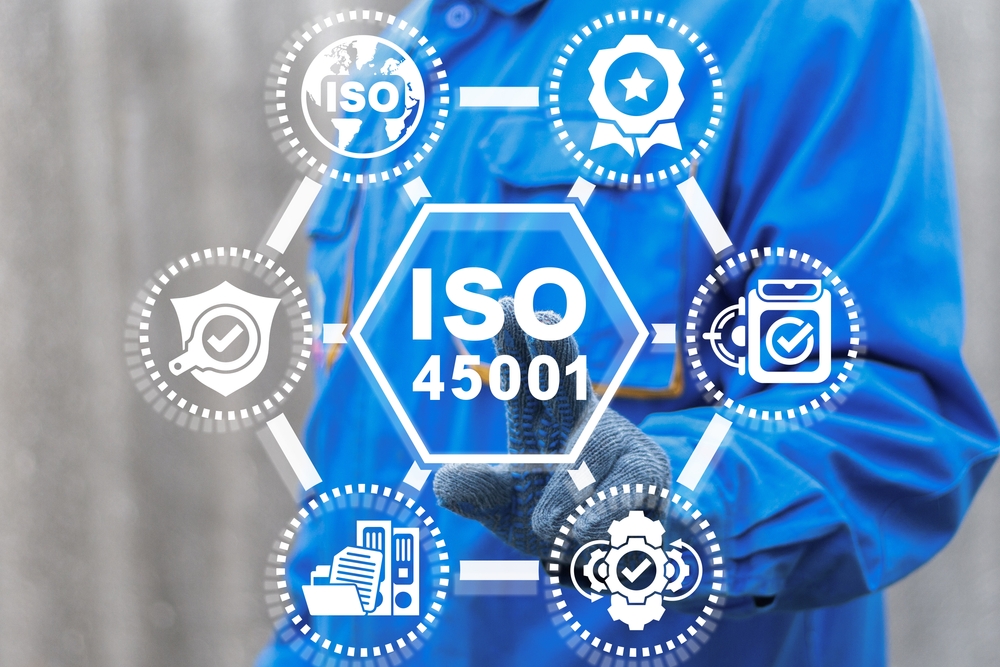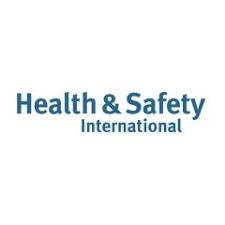News Post
How To Develop An Effective Health And Safety Management System
Businesses and organisations that employ five or more individuals have a legal requirement to look after them and put in place adequate employee safety practices.
While health and safety is one thing, the implementation of a system requires a complex risk assessment process and the drawing up of emergency procedures. A system such as this incorporates a wide range of aspects from policy and commitment, to implementation and operations. This, in a nutshell, is a health and safety management system.
While these preventive measures and structures may sound daunting, they are made much easier by working with an external organisation such as SMS Europe. As health and safety consultants, we can help you with effective safety management and ensure that you have the right system in place for your business. We've helped companies across a wide range of industries implement safety management models that reduce the level of risk, improve morale, save lives, and create healthy workplaces.
In today's blog, we're going to be sharing some of our knowledge on this complex but essential topic. Once you've read through it, why not get in touch with our team and let us take care of it for you? Operating in Yorkshire and the northwest has allowed us to work with people across places such as Bradford, Leeds, and Sheffield. So no matter where you are, we can help.
To find out more, chat with one of our safety professionals via email at office@smseurope.co.uk, or call us on 0845 224 0028.
What Is A Health And Safety Management System?
As we touched on in the introduction, the written health and safety policy that is legally required is good. But to reduce workplace risks, real health and safety measures, and monitoring, need to be put into place to stop accidents happening in the working world.
These systems are promoted and endorsed by the Health and Safety Executive (HSE, for short) and, for a long time, they advocated a very specific approach called the POPIMAR approach. POPIMAR is an acronym for Policy, Organisation, Planning, Implementing, Measuring, Auditing, and Review. The HSE proposes successful health and Safety management in HSG65. However, nearly a decade ago in 2013, they streamlined this to create new codes of practice and management standards. The approach to risk is now based on four simple steps - Plan, Do, Check, Act - we'll be looking at each step in more detail in the following section of the blog.
A health and safety management system tends to cover a few key things, these are:
- The actual written health and safety work policy that a company has.
- The emergency procedures are in place for when an accident happens or someone becomes ill.
- The safety responsibilities of the line managers and senior team.
- All the resources and practices that make up the reviewing and maintaining of the occupational safety and health of the business.
Health And Safety Management System Example
There are various systems that a company can adopt. The one you choose will all depend on your industry, size, management structure, and the type of work that you carry out.
At SMS Europe, we have worked to implement a culture of safety across a whole range of business sectors. As a result, we feel comfortable working with pretty much every safety and health system that is available.
Below are just a few management arrangements and procedures that you can use as examples and/or templates:
- There are international and national standards that can be followed such as:
- If you work in a specific sector or industry there are the:
- In-house management procedures/codes are also available to use (our team can help you create effective health policies based on new procedures).
- A system based on the Health and Safety Executive’s HSG65 Successful Health and Safety Management.
How To Develop An Effective System In Four Steps
No matter which of the risk management examples you pick, they can all broadly be traced back to the four steps - Plan, Do, Check, Act - that we mentioned earlier. This means that each example is just as effective as the next because they are all built on effective safety principles. In a working world where optimal physical and mental health is considered a priority, a real framework, and the implementation of safety procedures are essential to business success.
Effective safety management shouldn't be thought of as a bolt-on thing. Safety arrangements can truly propel your business forward, allowing you to focus on growing your company, knowing that practical safety implementation is in place.
Here, we're detailing the four steps and what they entail. Follow these and you'll have the implementation of safety procedures down in no time.
- PLAN: This first part dictates the success of parts 2-4. The planning stage involves outlining relevant legislation and producing a model safety policy that sets a clear direction. This plan should be cascaded throughout the company and everyone should be able to interpret it and know how they fit in.
- DO: Part two is all about acting on that model safety policy. This is all about actioning those safety improvements and putting in place health measures. Involve members of staff and people in the management structure to ensure resources are allocated in the right places.
- CHECK: Monitoring how things are going in your business is essential, if you haven't got your ear to the ground you'll never know how effective, in practice, your safety management standards are. Health surveillance such as this should be done often so that lessons are learnt before the risks to employees become too great.
- ACT: Arguably the most important step. Management of health policy should change based on the circumstances of the business. Review and monitor your own health laws and then change them if needs be. By acting, you can rest assured knowing that your safety performance is constantly improving and protecting more people from a wider variety of risks and safety issues.
Benefits
- Increased awareness of risks in the workplace, and the policies that are in place to protect staff.
- Higher levels of morale because people feel safe and can focus on the aspects of the job that give them the most satisfaction.
- Set yourself up for long-term success because you know your safety legislation is in place. Bar the occasional review, you can continue to spend time growing your business.
Want To Work With Effective Safety Consultants? Get In Touch!
Our team will use their decades of collective experience to help you with the implementation of safety procedures, frameworks, and policies that will set your business up for success. Act now to get things in place, simply call us on 0845 224 0028, or drop one of our consultants an email at office@smseurope.co.uk.
Latest News
Health and Safety in Schools Checklist
Health and safety should be a top priority in any workplace, but especially in schools. Not only are you responsible for your staff’s safety, but you need to maintain the welfare of your pupils too. To do so, you must uphold your legal complian..
It can be difficult to decide your future path - a lot can ride on it, after all - but a career in health and safety could be the right choice for you. There are several types of careers in the health and safety industry that might be a good fit..
What is ISO 45001?
If you’re wondering what ISO 45001 is, then this is the guide for you. Replacing the old OHSAS 18001 standard, ISO 45001 is the new international standard for occupational health and safety management. In this guide, we'l..
Who Enforces Health and Safety?
The enforcement of health and safety is crucial to maintain healthy workplaces. The term health and safety itself covers the safety legislation and safety law that comes under the Health and Safety at Work Act 1974. In general, this means t..
Health and safety training is a requirement in the workplace, no matter which sector you work in. Our experts at SMS Europe have been providing an extensive range of specialist health and safety services for almost 20 years. To help make work en..
Health and safety in the workplace is all about controlling risks in a way that protects both your employees and your company. Strong leadership, including your employees, managers, suppliers, contractors, and consumers, is a characteristic of great ..
Health and safety in the workplace is immeasurably important. But, without the Health and Safety at Work Act of 1974, we might have never prized safety so highly. This piece of workplace legislation is highly significant and indeed has transform..
Fire Safety and Fire Risk Assessment at Leased Offices and Buildings Fire safety at leased single and multi- tenanted offices can be approached in a number of ways. Generally speaking, there are three types of premises, (single occupancy lea..
Safety Gloves
Please have a read at SMSE Managing Director Philip Marsden's article on Safety Gloves which is published in the February 2022 edition of Health and Safety International Magazine. https://www.hsimagazine.com/article/fits-like-a-glove/ We wo..
Current Health and Safety Industry Trends
New Guidance Released for Managing Home Workers As an employer, you have the same health and safety responsibilities for those who work from home as you do for all other employees who may work from the workplace. In most cases, the dange..
Who Is Responsible for the Health and Safety on a Building Site? Legally, the responsibility of health and safety within the business lies with the employer. It is up to them to make sure the environment meets the necessary health and safety requi..
No one wants to be injured whilst at work, and no one wants their staff to be injured, especially whilst on the job. That doesn’t mean that accidents don’t happen. In fact, each year an average of 22 manufacturing workers die in workplace..












